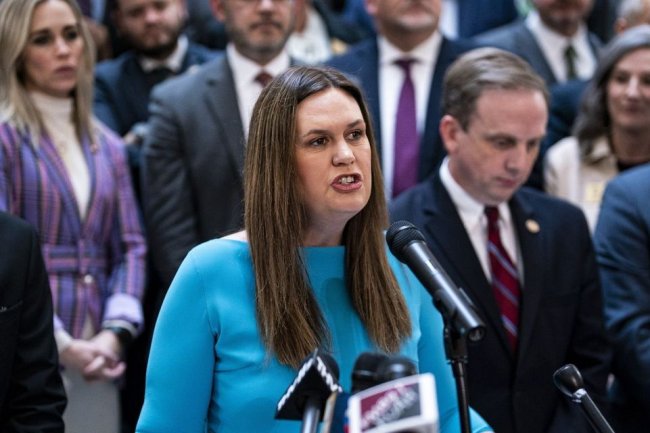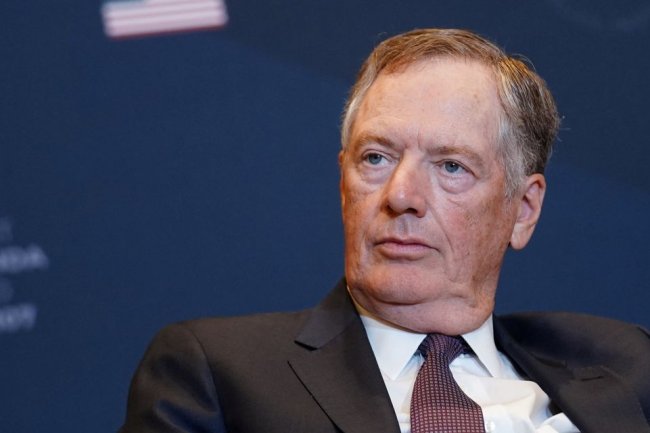Eight Artistic Masterpieces to Celebrate July 4th
A collection of paintings, poetry and more to mark Independence Day. By WSJ Arts in Review Staff June 30, 2023 5:00 am ET Parades, fireworks, flags and more have inspired American artists across the centuries. From historical paintings to iconic songs, the works below show many approaches to capturing what George Washington called “the last great experiment for promoting human happiness.” Photo: Yale University Art Gallery “The Declaration of Independence, July 4, 1776” (1786-1820), by John Trumbull No painting by an American artist has been so familiar to so many people for so very long as John Trumbull’s “The Declaratio

Parades, fireworks, flags and more have inspired American artists across the centuries. From historical paintings to iconic songs, the works below show many approaches to capturing what George Washington called “the last great experiment for promoting human happiness.”

Photo: Yale University Art Gallery
“The Declaration of Independence, July 4, 1776” (1786-1820), by John Trumbull
No painting by an American artist has been so familiar to so many people for so very long as John Trumbull’s “The Declaration of Independence, July 4, 1776.” It is an American icon if ever there was one, as much nearly as the Declaration of Independence itself, and the original canvas, at the Yale University Art Gallery, is both a national treasure and the most important work of a long-acknowledged American master.
Read David McCullough’s essay here.
“Passage of the Delaware” (1819), by Thomas Sully
Thomas Sully is unique among American painters for the quiet yet theatrical intensity of his work and his ability to draw the viewer into the drama. His “Passage of the Delaware” (1819) masterfully and accurately captures a moment of supreme importance to the American Revolution. That moment comes at about 3 a.m. on Dec. 26, 1776. The sky is ominous, as it is snowing. A half-rooted, blighted tree well symbolizes America’s predicament.
Read Patrick J. Walsh’s essay here.
“Equestrian Statue of George Washington” (1856), by Henry Kirke Brown
In April 1861, Maj. Robert Anderson and the soldiers he had commanded at Fort Sumter sailed for New York. Anderson’s arrival came after the Confederate bombardment that began the Civil War. A few days later, a crowd of 100,000 gave him a hero’s welcome at Union Square beneath Henry Kirke Brown’s already beloved bronze equestrian statue of George Washington.
There, admirers planted the large, tattered American flag that had come under attack at Sumter—Anderson had brought it with him to Manhattan—on the massive likeness. Orator William M. Evarts declared: “I tell you that when the statue of Washington sustains in its firm hand the splintered flag-staff of Fort Sumter, it means something.” The work still does.
Read Harold Holzer’s essay here.
“Paul Revere’s Ride” (1860), by Henry Wadsworth Longfellow
Hardly a man is now alive who hasn’t encountered the opening lines of Henry Wadsworth Longfellow’s most famous poem: “Listen, my children, and you shall hear / Of the midnight ride of Paul Revere. ”
Before the original publication of “Paul Revere’s Ride” . . . Revere’s story went mostly unheard. The folk hero of the American Revolution was only half-remembered in Massachusetts and almost totally forgotten everywhere else. It took the poetic craft of Longfellow to rescue Revere from obscurity, transforming him into the patriotic icon he remains today.
Read John J. Miller’s essay here.
“The Union: Concert Paraphrase on National Airs” (1862), by Louis Moreau Gottschalk
The best Fourth of July celebration I could give myself would be to play through (even sloppily) Louis Moreau Gottschalk’s dazzling display of fireworks, “The Union: Concert Paraphrase on National Airs.” It’s a terrific concoction of approximately eight minutes of American patriotic tunes, where Gottschalk weaves together “Yankee Doodle,” “Hail, Columbia” and “The Star-Spangled Banner,” the last not yet the official anthem of the United States. Composed in 1862, Gottschalk (1829-1869) dedicated “The Union” to his favorite Union general, George B. McClellan.
Read David Dubal’s essay here.
“The Stars and Stripes Forever” (1896), by John Philip Sousa
If one musical work can be said to embody both the triumphant symbolism of our national anniversary and our pleasure in celebrating it, it’s
John Philip Sousa’s “The Stars and Stripes Forever,” the best-known, best-loved of his 136 marches.Read John Edward Hasse’s essay here.
“The Fourth of July, 1916” (1916), by Childe Hassam
One in a series of over two dozen flag paintings that Hassam undertook between 1916 and 1919, it is the most exuberant and beautiful of the group. (It also has an illustrious provenance; former owners include Frank Sinatra and Brooke Astor. ) For Hassam (1859-1935) and for America, this was a crucial period of transition. World War I had been under way in Europe for two years, and the U.S. was torn between neutrality and engagement.
Read John Wilmerding’s essay here.

Photo: De Agostini/UIG/Everett Collection
“Flag” (1954-55), by Jasper Johns
“Flag” confirms the belief that there are no accidents in a Johns work, that if the artist had changed any one decision he had settled on in the making of it, the result would have been diminished. His process may have been painstaking, but the finished work seems, simply, to have come into being on its own. One is sometimes disappointed to see a famous painting “live”; works can appear less heroic than expected, or distort an idealized mental picture. Not so “Flag,” which is more arresting up close, where the hand of the artist is so palpable, than in reproductions.
Read Amy Finnerty’s essay here.
What's Your Reaction?






















